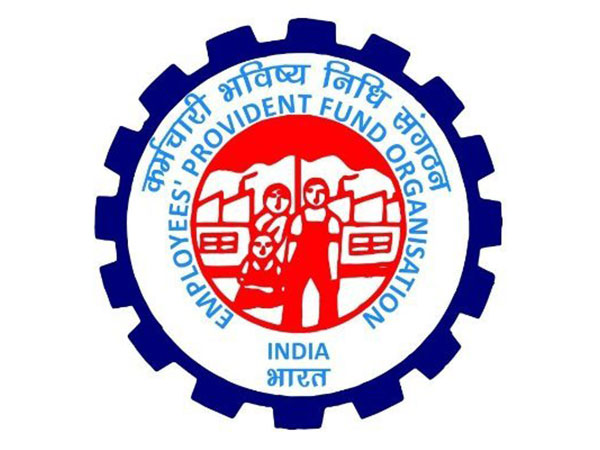India is aiming to increase its exports of hand and power tools to over $25 billion by 2035, according to a report jointly released by NITI Aayog and the Foundation for Economic Development. The report, “Unlocking $25+ Billion Exports: India’s Hand & Power Tools Sector,” outlines a roadmap to scale up the country’s exports from the current level of approximately $1 billion.
The hand and power tools sector is a key component of the global manufacturing ecosystem, supporting industries such as construction, automotive, infrastructure, and electronics. India’s current share in the global tools market is limited—1.8% for hand tools and 0.7% for power tools. However, the report highlights the country’s potential to emerge as a major global supplier through targeted reforms and investment.
The global tools market, valued at around $100 billion in 2022, is projected to grow to $190 billion by 2035. Of this, hand tools are expected to account for $60 billion and power tools for $134 billion. India has set an export target of $15 billion in hand tools and $12 billion in power tools by 2035, which would represent a 25% global market share for hand tools and 10% for power tools. The growth is expected to generate approximately 3.5 million direct and indirect jobs.
India’s hand tools sector is supported by a well-established MSME base, with manufacturing clusters located in Jalandhar, Ludhiana, Nagaur, Mumbai, and Nagpur. These regions produce a range of tools, including pliers, screwdrivers, and wrenches. In contrast, the power tools segment is constrained by the lack of a strong domestic electronics manufacturing ecosystem, particularly for precision components such as motors and batteries.
The report identifies the United States and the European Union as key markets, accounting for nearly 60% of global imports. Additional U.S. tariffs on Chinese tools—ranging from 7.5% to 25%—have created an opportunity for India to increase its market share.
To support exporters, the government provides incentives under the Remission of Duties and Taxes on Exported Products (RoDTEP) scheme. Hand tools exporters receive a rebate of 1.1% and power tools exporters receive 0.9% of the Free on Board (FOB) value. Manufacturers are also eligible for duty drawbacks of 1.5% to 2%, subject to meeting the minimum value addition requirement under the Standard Input Output Norms (SION).
The report proposes the development of three to four large-scale manufacturing clusters across 4,000 acres by 2035. These clusters would include industrial infrastructure, research and development facilities, housing for workers, and uninterrupted utilities. The estimated investment includes ₹12,000 crore from the government and ₹45,000 crore from industry, to be implemented through a Public-Private Partnership model.
Recommendations also include structural reforms such as reducing import duties, rationalizing quality control norms, simplifying compliance under the Export Promotion Capital Goods (EPCG) scheme, and aligning labor regulations with international standards. Additional measures include liberalizing land use norms and ensuring reliable, low-cost electricity and efficient logistics.
If implementation is delayed, the report calls for a temporary bridge support package of ₹5,800 crore over five years. This would include interest subvention, competitiveness incentives, logistics support, and capital subsidies. The report positions this package as a strategic investment, expected to generate tax revenues two to three times the initial outlay.
According to the Ministry of Commerce and Industry, this strategy offers a timely opportunity for India to strengthen its position as a global manufacturing hub. With supportive policies and infrastructure, India’s hand and power tools sector could become a major contributor to the country’s export economy.




















